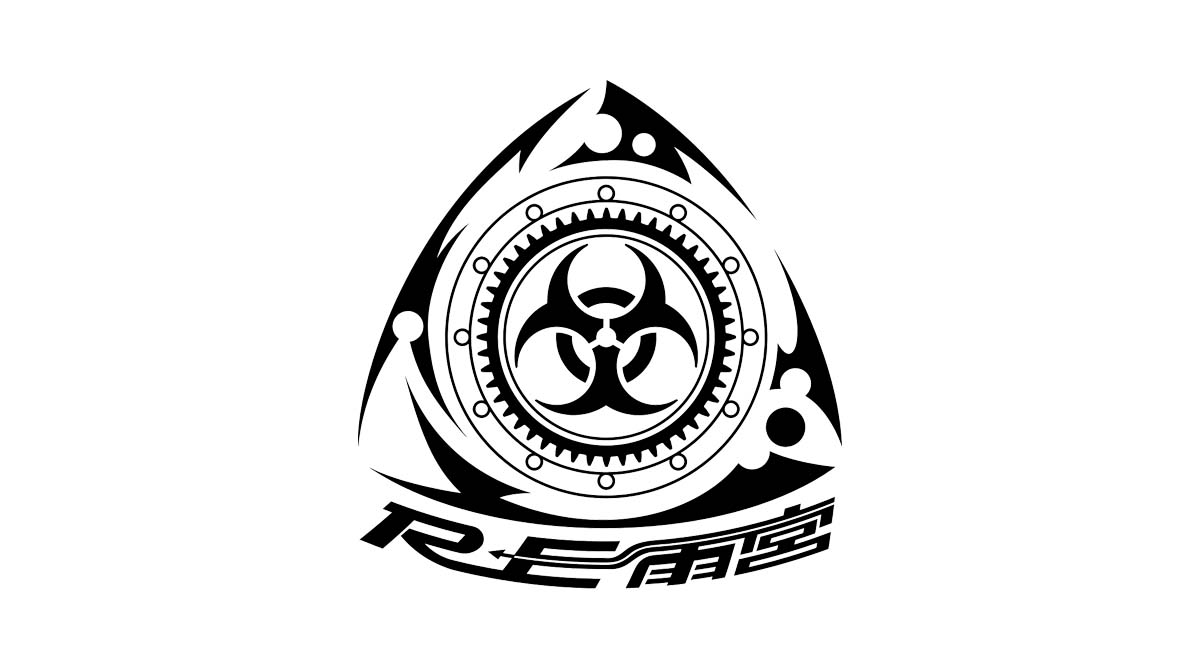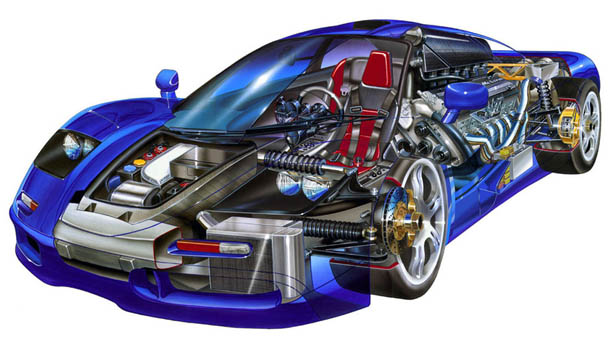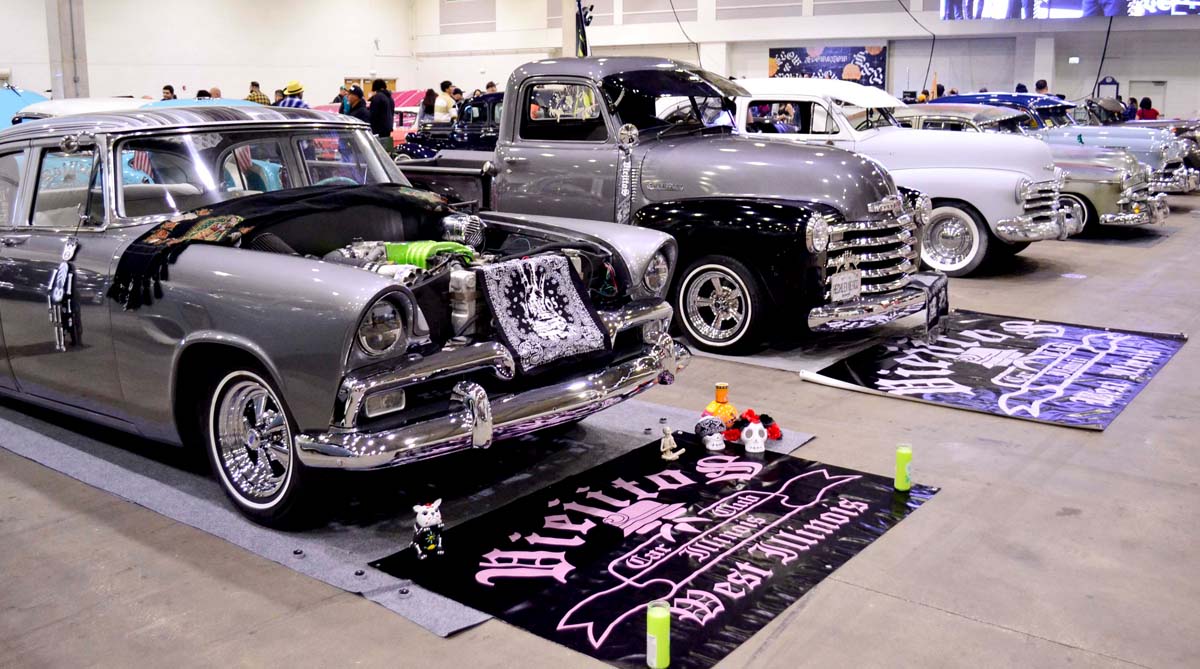The drivetrain of a car consists of a series of components that transmit power from the engine to the wheels. With just a few parts, the mechanical work of the pistons is transformed into the motion of the car. Below are the main components used in racing technology.
Remember, a professional racer must actively exploit every opportunity to improve their performance by fine-tuning each component. This is the quality that sets apart an amateur from a pro.
TRANSMISSION
- Five-speed
A gearbox with closely spaced gear ratios. With this type of gearbox, it will be easier to maintain engine revs during maneuvers. However, the low top gear ratio limits the maximum speed of the car.
- Six-speed
The gear ratios are even closer than those of a five-speed transmission. It allows for more efficient use of tuned engines with a narrow range of operating RPMs. On the other hand, it limits the top speed and requires additional time for more frequent gear shifting.
- Fully adjustable
All parameters can be customized. In addition to individually adjusting each gear, it is also possible to fine-tune the desired speed for each gear.

MAXIMUM SPEED DETERMINATION
The choice of gear ratios in the transmission allows them to be tuned according to the desired maximum speed. Increasing the maximum speed will result in decreased acceleration dynamics and increased speed losses when moving uphill.
CLUTCH
- Dual-disc
Combining a lightweight flywheel with a dual-disc clutch reduces the impact of the flywheel and improves engine responsiveness and shift acceleration. The increased friction in the clutch positively affects acceleration dynamics.
- Triple-disc
It combines an ultra-lightweight flywheel with a triple-disc clutch. This modification significantly increases the dynamic acceleration, but it also has a negative impact in terms of RPM loss when going uphill.

DRIVESHAFT
- Carbon fiber driveshaft
A component that connects the transmission and the rear differential of a rear-wheel-drive car, made of lightweight material (carbon fiber). Its installation improves engine responsiveness and, as a result, the car's dynamics during acceleration. The best effect is achieved in combination with reducing the overall weight of the car chassis.

ADJUSTABLE LSD (LIMITED-SLIP DIFFERENTIAL)
It is a mechanical "limited-slip differential" (LSD) that allows for the adjustment of initial torque and sensitivity. Changing these parameters significantly affects the behavior of the car. However, excessive adjustment can lead to a loss of balance and control.
ACTIVE CENTER DIFFERENTIAL
Distributes power and torque between the front and rear axles of an all-wheel-drive car. By adjusting it, one can achieve both insufficient and excessive maneuverability.

PARAMETERS
- Initial torque
The differential is designed to transfer more power to the wheel that rotates faster during a turn. During sporty driving, this often leads to a loss of torque. This component was developed to counteract such losses.
Initial torque refers to the force at which the differential has not yet engaged, for example, when driving in a straight line. Increasing sensitivity reduces sudden changes in power and control upon activation but also increases the tendency for insufficient maneuverability.
- Throttle sensitivity
Adjustment of LSD sensitivity with increasing speed. The higher the value of this parameter, the greater the amount of power transmitted to the road during acceleration. However, as the speed difference between the rotating wheels decreases, it leads to insufficient maneuverability. For drifting, particularly high sensitivity can be set to facilitate entering a drift.
- Brake sensitivity
Adjustment of sensitivity when reducing speed. The higher the value, the more stable the car behaves during braking, but it also tends to have insufficient maneuverability. On front-wheel-drive cars, this can significantly complicate cornering.
- Torque distribution
Choosing the percentage of power transmitted to the front wheels. The range of allowable values is from 10% to 50%. To achieve behavior characteristic of rear-wheel drive, the torque needs to be reduced. Increasing the torque results in behavior more typical of all-wheel-drive vehicles.
Remember, a properly tuned and enhanced drivetrain can significantly increase your chances of winning a race.









